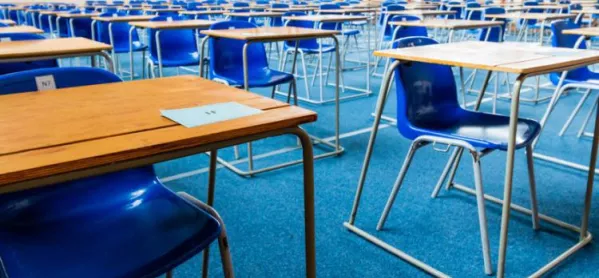The number of secondary schools falling below the Progress 8 floor standard is expected to increase by 30 per cent, according to researchers.
A new analysis from Education Datalab says that this year, 366 secondary schools appear to be below the floor standard of a Progress 8 score of -0.5, based on provisional Department for Education (DfE) data released today.
Last year, 282 schools had GCSE results that placed them below the Progress 8 floor standard.
Schools will only be officially judged to be below the floor standard once revised data is published in January. But the analysis of the provisional figures suggests 84 more schools could fall below the floor.
The rise in the number of schools falling below the floor was expected, Education Datalab says, following the introduction of an interim points scale for legacy GCSE grades.
This year’s Progress 8 scores are based on reformed GCSEs (graded 9 to 1) and legacy GCSEs (graded A*-G). To bridge the divide, the DfE introduced an “interim” points scale. But the scores are not directly comparable with last year’s published figures.
Dave Thomson, in a blog for Education Datalab, writes: “We warned that the interim scale would result in a) more schools falling below the floor, and b) a widening of the P8 gap between the most advantaged and least advantaged schools in terms of pupil intakes. And lo, it has come to pass.”
University technical colleges (UTCs) and studio schools are “over-represented among schools below the floor” - and there are more of them in this year’s data, the analysis shows.
Source: Education Datalab
Three grammar schools were below the provisional 2017 floor - but the blog suggests there may be some missing data - or they entered pupils for IGCSE.
Mr Thomson concludes: “I can only assume that not only was the DfE aware that more schools would fall below the floor if it remained at -0.5, but also that they considered this justifiable. I suspect some will disagree.”
A DfE spokesperson said: “Schools have implemented our reformed gold-standard qualifications well, which is evident in pupil’s results in the summer.
“Schools will not be judged on this data alone, this provides a starting point for a conversation between Regional Schools Commissioners, local authorities and inspectors with schools to decide where additional support may be required to improve educational outcomes for pupils.”





